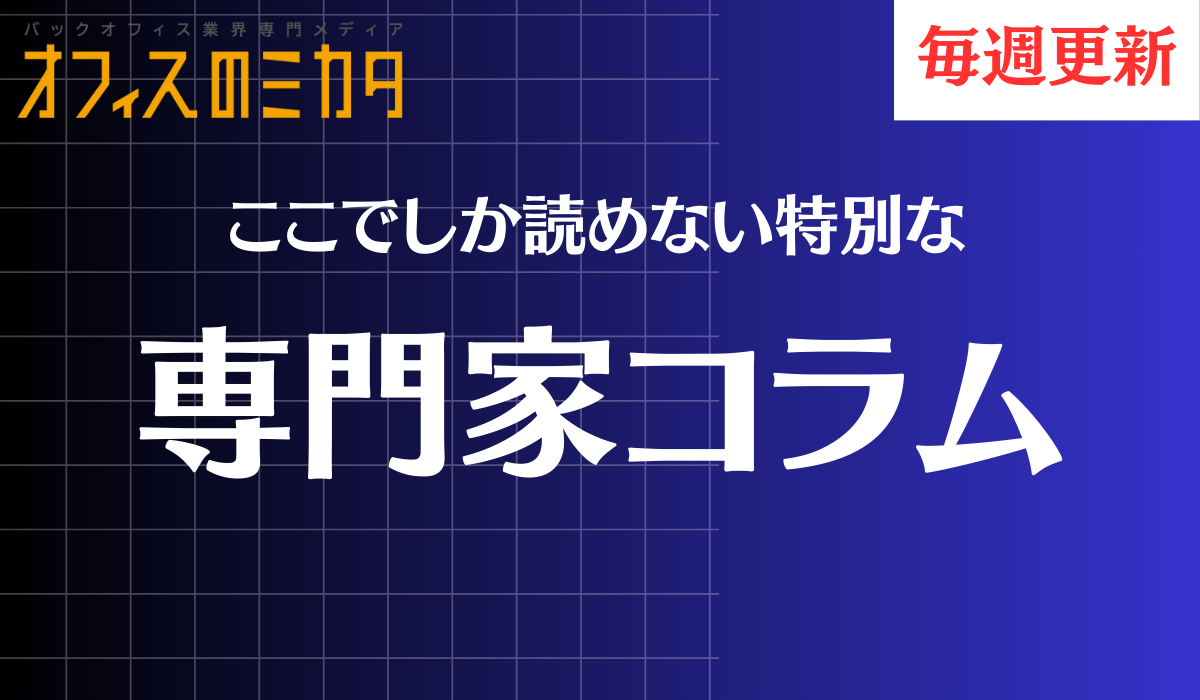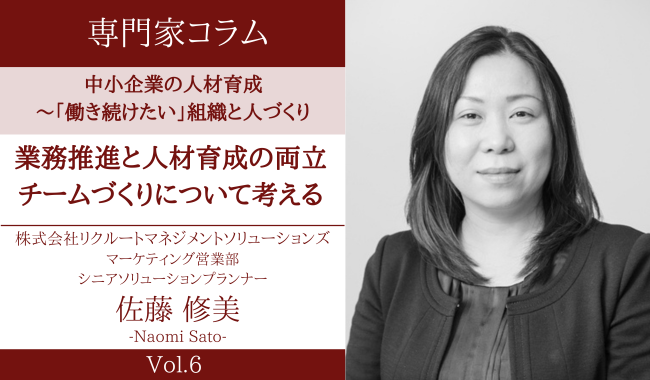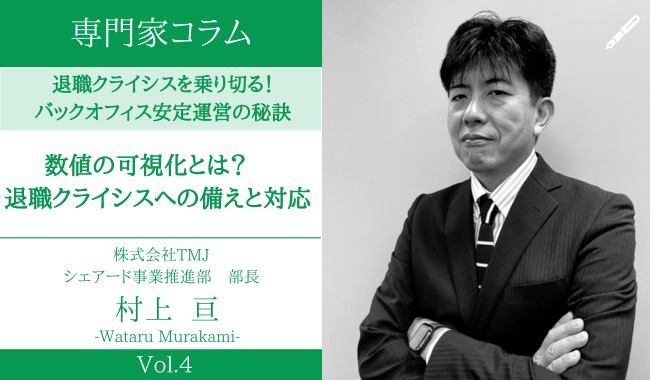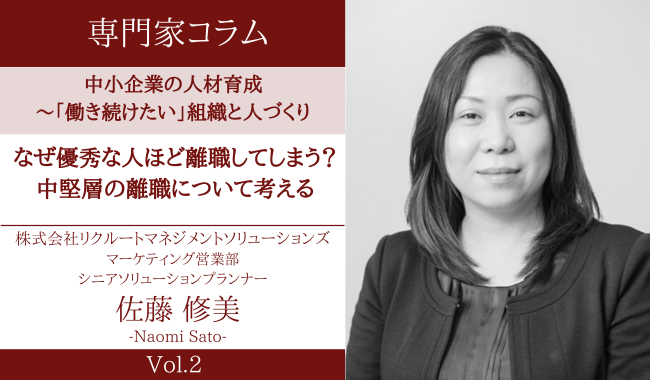最良のタイムマネジメントで、二度と残業をしないための方法

私がこれまでに用いてきた中で最良のタイムマネジメント、二度とオーバーワークをしないための方法をお話します。
現在、日本ではラグビーのW杯が開催中です。おそらくあなたもスクラムという言葉を聞いたことがあるのではないでしょうか。これはラグビーで用いられる型の呼称ですが、同時にソフトウェア開発で使われるプロジェクト管理の方式でもあります。私はこのスクラムという原理のいくつかを応用して、優れたタイムマネジメントの方法論を編み出しました。この記事では、どのようにすればあなたの生活をコントロールすることができるのか、その方法について説明していきます。うまく適用できれば、二度と時間外労働をしないで済むでしょう。
私はこの方法を、マーケティング、デザイン、営業そして会社のあらゆる分野で実践し、十分な成功を得ることができました。私のチームは、設定されたスケジュールを遅延させることなく、大体午後6時前には帰宅しています。この方法に従えば、より早く家族のもとに帰り、より満足した生活を送ることができるでしょう。さらにはストレスを軽減し、仕事の成果をよりコントロールできているという実感を得ることができます。
まずは基本的な部分について説明しましょう:
この方法はオフィスで働く人々のために開発されました。レストランやホテルのウェイターといったサービス業での経験は私にはありません。ですので、そのような業務に適用するためには、大幅な変更が必要ではないかと思います。
またこれは、社員同士が締め切りについて互いに話し合えるような会社向けの方法です。コールセンターのような業務に適用させるには苦労を伴うでしょう。
この方法を実践するためには、チームと良好な関係を築いている必要があります。あなたはチームと、締め切りについて話し合わなければならないからです。
さあ、それでは実際に始めましょう。
準備:
to-doリストを作って翌週の計画を立てる前に、まずはカレンダーを開いてください。そして前の週にした全てのことを書き出します。リストには大体15〜40の項目を列挙します。次に、それぞれのタスクがどれほどあなたのビジネスゴールに影響を及ぼしたか、1〜5の数字を使ってランク付けします(もし明確なゴールがわからなければ、あなたの部署の管理者に聞いて、できるだけ早くはっきりさせましょう)。ランクは例えば以下のようにします:1- 自分のゴールに何の影響も及ぼさない / 2- 他人のゴール達成の補助 / 3- 自分のゴールには影響しないが、必要である(支出報告、タイムカードのチェックなど)/ 4- 自分の目標達成に少し影響する / 5- 自分の目標達成に直接重大な影響を及ぼす。
ランク付けを終えたら、ランク1〜5のタスクがそれぞれ全体の中でどれほどの割合を占めているのか、パーセンテージで表示します。こうすることによって、以下のことを知ることができます:1- 役に立たない仕事をしている / 2- 他人の補助をしすぎて、自分のタスクのための時間を持てていない / 3- アシスタントに回すことができるようなタスクを担いすぎている / 4- 重要なタスクの代わりに、ささいな事柄を進めている / 5- 最も効果的な仕事にフォーカスできている。
ここまで来たら、タイプ1のタスクを全て排除します。タイプ2のものは0〜5%、タイプ3のものは5〜10%、タイプ4のものは10〜20%にまで削減し、タイプ5のタスクを最低でも70%確保できるようにします。こうしてあなたは、最も重要な仕事に集中して取り掛かることができるというわけです。それでは続けていきましょう。
Write (書く)、Prioritize (優先順位を付ける)、Estimate (見積もる)、Cluster (まとめる)、Check (チェックする)
1- 書く
まず初めに、達成しようとしているタスクの全てを書き出します。週の終わり、あるいは次の週までのものに留めます。自分が人間であるということを忘れずに。一日に完了できるのはせいぜい5、6の小さなタスク、1、2の大きなタスクぐらいでしょう。したがって、週全体では大体15〜40のタスクを処理することになります。
2- 優先順位をつける
タスクに優先順位をつけ、リストを作ります。最も重要なものを最上部に、最も優先度の低いものは最下部に配置しましょう。
3- 見積もる
それぞれのタスクにどのくらい時間がかかるか見積もりを出します。ここがこの方法論の素晴らしいところです!このゲームにはいくつかのルールがあるので書いておきましょう:それぞれのタスクは2時間以下、30分以上のものである必要があります。もし2時間以上になってしまうのであれば、ルールに従い2時間以下の小さなタスクに分けましょう。これによって、タスクを効率的に仕分けし、一日にこなす量を改善することができます。
ほとんどの人が苦労する点はここです。「とはいっても、私のプレゼンテーションは作るのに最低でも6時間はかかりますよ!」、そんなあなたに対する私の答えは、「まずスライドのストラクチャを作り(30分)、主なコンテンツを書き上げ(2時間)、文章を見直し(1時間)、グラフを作り(1時間)、それぞれのスライドにデザインのテンプレートを加えます(1時間)」。どんなタスクも分けることは可能なのです!
4- 一日ごとにタスクをまとめる
一つ一つのグループが6時間になるようタスクをまとめ、一日6時間を超えないようにそれぞれカレンダーに書き込みます。もしあなたが大企業で働いているのなら、5時間ぐらいに留めておくのが賢明でしょう。2、3時間余分にとっておくことで、見積もりがはずれたときや、当日課されたタスクをこなすための余裕を得ることができます。もし見積もり通りにタスクがこなせたのであれば、余った時間を使ってその日の反省をしたり、早く退社したっていいのです。なにせ、その日にしなければならないことは計画通りに終えているのですから。カレンダー上のタスクが、週の終わりまでに達成する見通しで書き出したリストよりも少ないことに気づくでしょう。これは普通のことで、人は予測と見積もりをすることが苦手なものです。あなたにできるのは、推測と見直しによって能力を鍛え、改善していくということだけです。この鍛錬には果てがありませんが、そういうものとして受け入れなければなりません。
5- チームとチェックする
さて、次の週の計画を決めてしまう前に、チームのメンバーと相談し、優先順位についてそれが正しく定められているかどうか、全員が適正な締め切りまでに仕事を終えられるかどうか、簡潔に合意を得ましょう。
必要なものはこれだけです。私自身だけではなく、チームのメンバー全員が毎週これをこなしています。その結果、チームの生産性は著しく向上しました。以前に比べてコミュニケーションが改善され、いつ成果が現れるのかということについても、よりはっきりとした見通しを立てることができるようになりました。週ごとに計画を立て、一日ごとに2、3時間の余裕を設定することで、仕事が遅れ時間外労働しなければならないリスクは最小限となります。
私にできる最良のアドバイスは、毎週金曜日のランチ後にこれを実施し、次の週の準備をするということです。そうすることで、仕事に対する活力が湧いてきます。週ごとに優先事項と締め切りのチェックをすることで、チームのメンバーもあなたが周りのことをちゃんと配慮していると感じてくれるでしょう。この週ごとのチェックが、信頼とプロフェッショナルとしての意識を生むのです。これ以上必要なことは何もありません。さあ、ペンと紙を用意、あるいはエクセルシートを開いて、上記の内容を用いた週の計画を作り始めましょう!!
The best time management style I ever used and how to never work overtime again.
Since now it is Rugby WorldCup in Japan, you probably heard the word SCRUM. Well, besides being one of the Rugby plays, it is also a project management style commonly used in software development. I applied several of the SCRUM principles to develop an excellent time management methodology. In this article, I am going to explain to you how you can get back control of your life and, if well applied, never do overtime again.
I have applied it to marketing, design, sales, and all areas of the company with a fair amount of success. My team goes typically home before 6 pm without any delay on the promised schedule. This method helps people to go home earlier to their families and have more fulfilling lives. It also helps to keep the stress levels low and improve the sense of control over the output.
Let me lay down some fundamentals:
This method was developed for Office Workers. If you are in a service business like a waiter in a restaurant or hotel, I have no experience, but I have a feeling it would need significant adaptations.
This method is also directed for companies where the employee can negotiate with their peers on deadlines. I imagine a call center would have a difficult time applying the same principles.
To apply it, you will need to have a good relationship with your team. You are going to have to negotiate deadlines.
So let's get our hands dirty.
Preparation:
Before you can start your to-do list and plan for the week ahead, open your calendar and write down all the things you did on the week before. You are probably getting a list between 15~40 items. Now go and rank from 1-5 how much that task has a direct impact on your business goal. (If you don't have clear goals, talk to your manager and get them as soon as possible). The rank is like this: 1- No impact at my goal / 2- I was supporting someone else's goals / 3- It does not affect my goal, but it is necessary (expense reports, time card check, etc.) / 4- It impacts my goal a little / 5- It has a significant direct impact at my goal.
Now create a percentage of how many tasks you have on 1-5. With this exercise, you are going to learn that you may be: 1- doing useless work / 2- helping people too much and not having time for your own / 3- taking too many tasks that could be delegated to an assistant / 4-focusing on small improvements instead of the vital stuff / 5- focused and doing the most effective work.
Now try to eliminate tasks of type 1, reduce type 2 to 0~5%, reduce type 3 to 5~10%, reduce type 4 to 10~20%, get at least 70% of type 5 tasks. Now that you are already working only on your most important stuff let's move on.
WPECC - Write, Prioritize, Estimate, Cluster, Check
1- Write it down
The first thing you are going to do is write down all the tasks you intend to complete. Focus on till the end of the week or for the next week. Remember that you are human, and you probably won't be able to achieve more than 5,6 small things and 1,2 big things in a day. So in a full week, you are probably dealing with between 15~40 tasks.
2- Prioritize
Now prioritize your tasks and make a list. Add the most important tasks at the top and the lowest priority at the bottom.
3- Estimate
Create an estimation of hours per task. Here is where the magic happens! Here are some rules for this game: You are not allowed to create a task with more than 2 hours or less than 30 minutes. If your task is longer than 2 hours, break it into smaller tasks until you get to this 2-hour rule. The point for this is to improve your task breakdown and how many tasks you put in a day.
This is also the part where most people struggle: "But Dore, my presentation will task at least 6 hours to make!" and my answer is "Create Slide structure (30 min), Write down main content (2 hours), review language (1 hour), Create graphs (1 hour), Add the design template to each slide (1 hour). All tasks can be broken down! "
4- Create clusters of tasks per day
Create groups of 6 hours and add the tasks into your calendar at a max of 6 hours per day. If you are in a big corporation, maybe 5 hours only might be reasonable. Believe in me. You will need those 2,3 extra hours as a buffer for wrong estimations and for tasks that show up during that day. If your estimates are on point, you can always give yourself some reflection time or maybe leave early since all you had planned for the day is complete. You are going to notice that now your calendar has fewer tasks than you wrote on your list of things that you expect to accomplish by the end of the week. That is normal. People are bad at prediction and estimation. The only thing you can do is train yourself by guessing and reviewing until you get better at it. Even then, it is an eternal struggle. That is just the way it is.
5- Check with your team
Now, before fixing it for the next week, talk with your team and do quick sync if the priorities are in the right place and that everyone will get what they expect by the proper deadline.
That is all there is to it. Not only I do this every week myself, but my team also does, and this improved the team members' productivity by immense amounts. We feel we communicate better and have better expectations of when the output will arrive. Because you planned a week and had buffers of 2,3 hours every day, the chances of being late with overtime are minimal.
My best advice is to do this exercise every Friday after lunch preparing for the next week. You are going to feel empowered. Your team will feel you have everyone's interest at heart too when you check on the priorities and deadlines weekly. This weekly check will build trust and professionalism. What more do you want? Now take your pen and paper or open an excel sheet and start your WPECC weekly planning.

 ツイート
ツイート


 シェアする
シェアする










